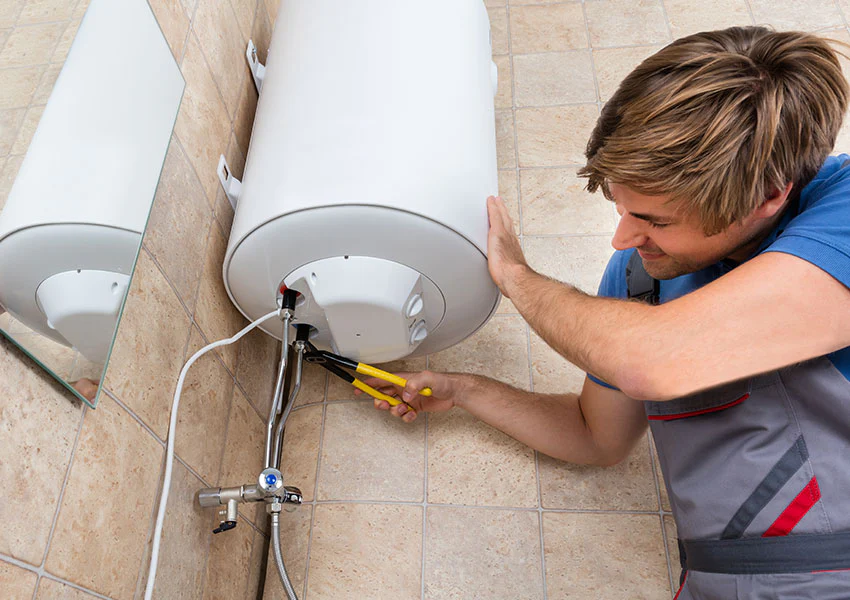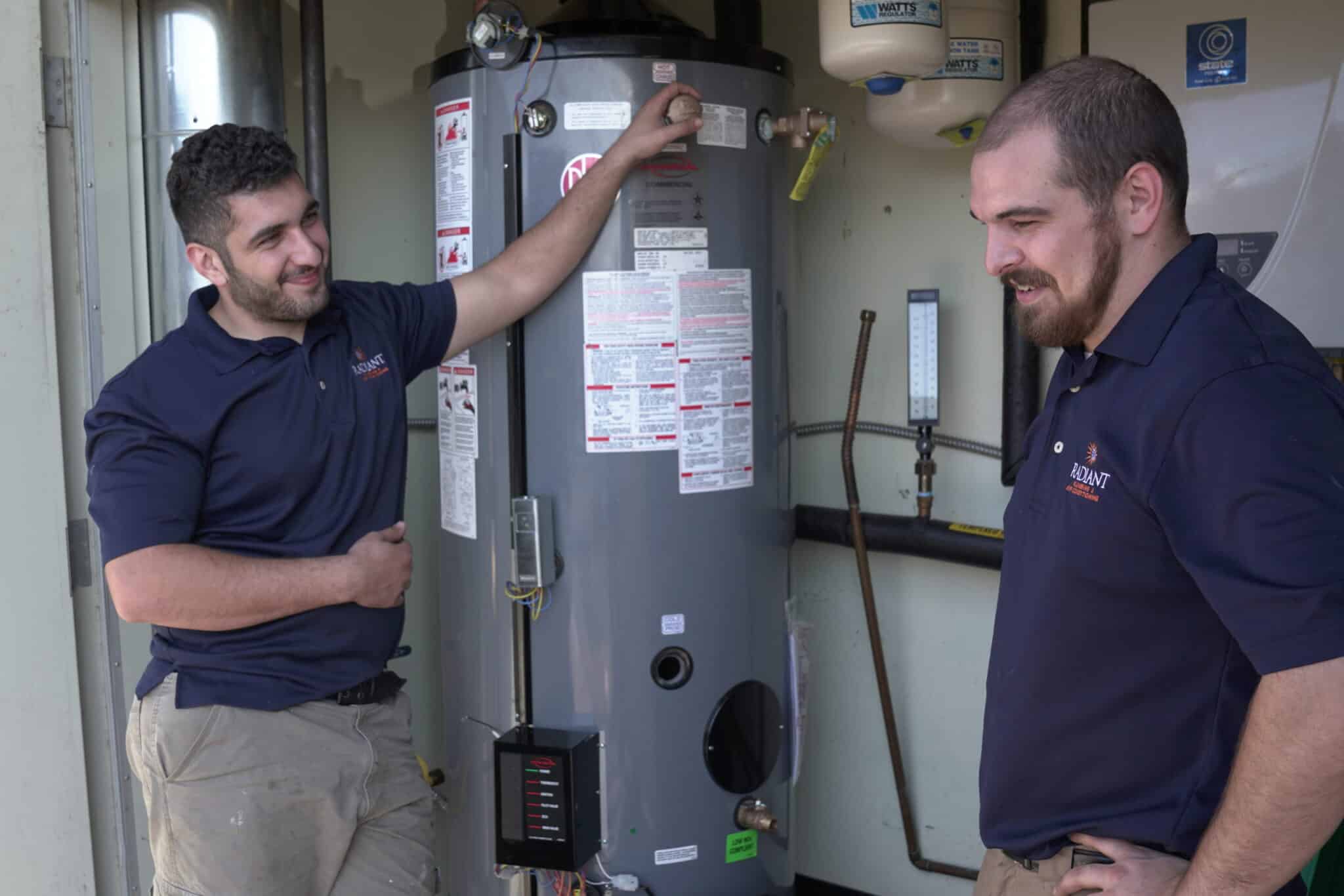Almost everyone may have their private assumption on the subject of Tips on Maintaining a Water Heater.

Warm water is important for daily convenience, whether it's for a rejuvenating shower or cleaning meals. To ensure your warm water system runs effectively and lasts much longer, routine maintenance is vital. This post gives functional tips and insights on how to preserve your home's warm water system to prevent disruptions and pricey repair work.
Intro
Preserving your home's hot water system could seem daunting, however with a few basic steps, you can guarantee it operates efficiently for years ahead. This guide covers every little thing from comprehending your warm water system to DIY upkeep suggestions and recognizing when to hire specialist aid.
Significance of Keeping Your Hot Water System
Normal maintenance not just expands the life expectancy of your warm water system but additionally guarantees it operates efficiently. Ignoring maintenance can cause lowered efficiency, higher power costs, and even early failure of the system.
Indicators Your Hot Water System Needs Upkeep
Knowing when your warm water system requires attention can stop significant concerns. Look out for indications such as irregular water temperature, strange noises from the heating system, or rusty water.
Comprehending Your Warm Water System
Prior to diving into maintenance jobs, it's handy to understand the fundamental parts of your warm water system. Generally, this consists of the hot water heater itself, pipelines, anode rods, and temperature controls.
Regular Monthly Upkeep Tasks
Normal monthly checks can assist capture small concerns before they escalate.
Flushing the Hot Water Heater
Purging your hot water heater removes sediment accumulation, enhancing effectiveness and lengthening its life.
Monitoring and Replacing Anode Rods
Anode rods avoid corrosion inside the storage tank. Checking and changing them when worn is critical.
Evaluating and Adjusting Temperature Settings
Adjusting the temperature settings guarantees ideal performance and security.
Do It Yourself Tips for Upkeep
You can do a number of upkeep jobs on your own to maintain your warm water system in leading problem.
Looking for Leakages
On a regular basis examine pipes and connections for leaks, as these can result in water damage and higher bills.
Testing Pressure Alleviation Valves
Examining the stress safety valve guarantees it works properly and avoids extreme pressure buildup.
Insulating Pipelines
Shielding warm water pipelines decreases heat loss and can save power.
When to Call an Expert
While DIY maintenance is beneficial, some issues call for specialist know-how.
Complicated Problems Requiring Specialist Aid
Instances include significant leaks, electrical troubles, or if your hot water heater is regularly underperforming.
Routine Specialist Upkeep Advantages
Professional upkeep can consist of extensive evaluations, tune-ups, and ensuring conformity with security standards.
Verdict
Normal maintenance of your home's warm water system is necessary for effectiveness, longevity, and price savings. By following these pointers and understanding when to seek specialist help, you can make certain a trustworthy supply of hot water without unanticipated interruptions.
How to Maintain an Instant Hot Water Heater
Before tinkering with your hot water heater, make sure that it’s not powered on. You also have to turn off the main circuit breaker and shut off the main gas line to prevent accidents. Also turn off the water valves connected to your unit to prevent water from flowing into and out of the appliance. 2. When you’re done, you have to detach the purge valves’ caps. These look like the letter “T†and are situated on either side of the water valves. Doing so will release any pressure that has accumulated inside the valves while at the same time avoid hot water from shooting out and burning your skin. 3. When the purge valves’ caps are removed, you have to connect your hosing lines to the valves. Your unit should have come with three hoses but if it didn’t, you can purchase these things from any hardware or home repair shops. You can also get them from retail stores that sell water heating systems. Read the user’s manual and follow it to complete this task properly. When the hosing lines are connected, open the purge port’s valves. 4. You should never use harsh chemical cleaners or solutions when cleaning your unit. Make use of white vinegar instead. It should be undiluted and you’ll probably use about 2 gallons. 5. Now flush your water heater. This task should probably take about 40 minutes. We can’t give you specific directions for this because the procedure is carried out depending on the type, model and brand of your heater. With that being said, refer to the user’s manual. 6. When you’re done draining the unit, you have to turn off the purge port valves again. Remove the hosing lines that you earlier installed on each of the water valves. Put the valve caps (purge port) back in their respective places and be very careful so as not to damage the rubber discs that are found inside these caps. 7. Now that everything’s back in place, check your user’s manual again to find out how to reactivate your water heating system. 8. Once it is working, turn one of your hot water faucets on just to let air pass through the heater’s water supply pipes. Leave the tap on until water flows smoothly out of it. https://www.orrplumbing.com/blog/2014/september/how-to-maintain-an-instant-hot-water-heater/

I stumbled upon that review about Tips on Maintaining a Water Heater when doing a lookup on the search engines. Are you aware of another individual who is serious about Tips on Maintaining a Water Heater? Take a moment to share it. I treasure reading our article about Tips on Maintaining a Water Heater.
Quote & Schedule